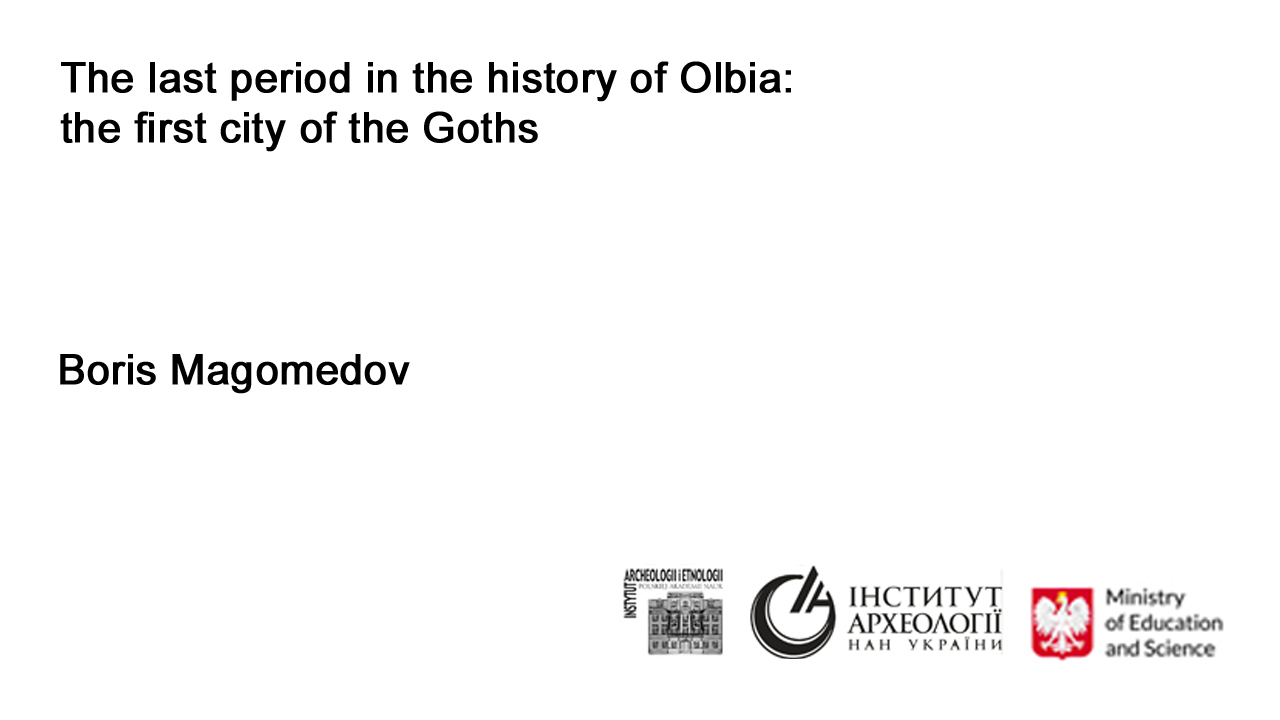
Na kanale Archeo.TV jest już dostępny 14 referat z konferencji "Olbia in Hunnic Period", która odbyła się 5-6 listopada 2021 roku ![]()
Institute of Archaeology and Ethnology of the Polish Academy of Sciences
and
Institute of Archaeology of the National Academy of Sciences of Ukraine
presents a lecture from a scientific conference:
Olbia in Hunnic Period
organized at November 5–6, 2022
Author: Boris Magomedov
Title: The last period in the history of Olbia: the first city of the Goths
Abstract: Artifacts of Chernyakhov culture were found in Olbia already in the mid-20th century, enabling conclusions concerning the presence of a Chernyakhov population in the city in the late Roman period (Magomedov 1985; 2001). Significantly more finds have come from recent excavations, including the work of the Ukrainian–Polish expedition in 2016–2021. An analysis of Chernyakhov finds (ceramics, fibulae, combs), as well as dating late antique finds, makes it possible to reconstruct the last period in the city’s history. The Greco-Roman inhabitants left the city around the middle of the 3rd century. A small barbarian population settled Olbia and the neighboring rural settlements at the end of the century. The “Chernyakhovites” displayed an interest in the port of Olbia as a place of trade, but not in the destroyed city, probably until the 370s. The last, brighter phase in the life of the city started at the beginning of the Hunnic period, after 375, and ended together with the decline of Chernyakhov Culture in the first third of the 5th century. After a 100-year hiatus, Olbia was reborn as a small fortified town, trade and crafts center, inhabited by the Goth barbarians. An active program of building works was instigated in the Roman citadel and in the Lower City. The revival of the Citadel accompanied a restoration of the old defensive system on the borders of the former Olbia state (the Kozyrka, Petukhovka, Stanislav and other forts). This is most likely an indication of the existence of one of the early state entities of the Hunnic period—possibly the kingdom of Gesimund, an ally of the Huns—that grew upon the ruins of the Gothic “state of Hermanarich”.


